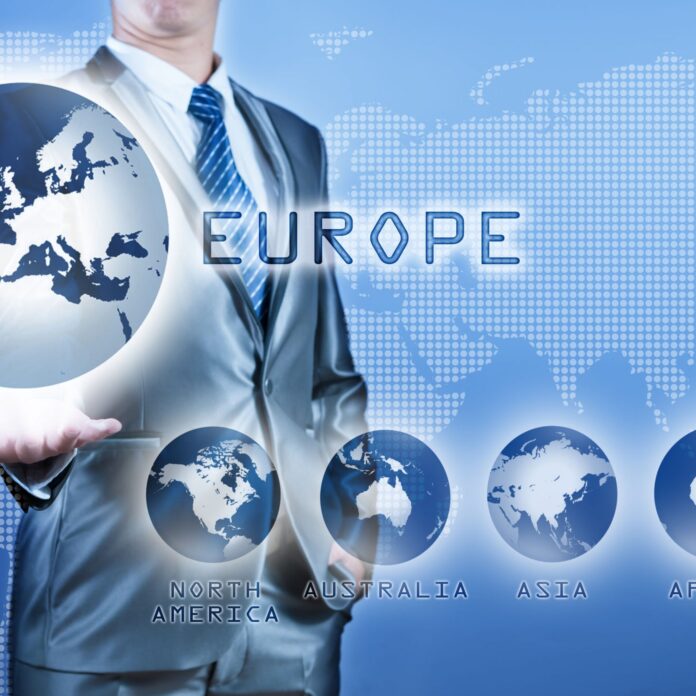The GSMA report predicts that by 2025, the average adoption of 5G across Europe will reach 44%
A slower rollout of 5G technology in Europe compared to competitor markets is threatening the continent’s goals in terms of digital implementation, according to a new report by the GSMA.
The 2022 Mobile Economy Report Europe shows that at the end of June 2022, 108 operators in 34 markets across Europe had launched commercial 5G services, with this technology reaching 6% of the mobile customer base.
According to the GSMA report, Norway leads in terms of adoption of the technology, with 16% of mobile customers now using 5G, followed by Switzerland (14%), Finland (13%), the U.K. (11%) and Germany (10%).
The report predicts that by 2025, the average adoption of 5G across Europe will reach 44%, with the U.K. and Germany expected to have the highest 5G adoption rates in Europe at 61% and 59% respectively. However, that rapid growth is outpaced by other world economies, with South Korea expected to reach a 5G penetration of 73% in the same time period, while Japan and the U.S. are expected to reach a 5G penetration of 68%.
The report also shows that 5G network coverage in Europe will reach 70% in 2025, up from 47% in 2021. However, nearly a third of the population will remain without 5G coverage by 2025, compared to 2% or less in South Korea and the U.S.
In 2021, the European Commission (EC) set out its vision for Europe’s digital transformation by 2030 in the Digital Decade framework. The strategy aims to deliver tangible benefits for EU economies through the development of digital skills, digital transformation of business, sustainable digital infrastructures and the digitalisation of public services.
According to the GSMA, policymakers should create the right conditions for private infrastructure investment, network modernization and digital innovation in order to meet the EC’s 2030 goals.
“Europe is adopting 5G faster than ever before, but greater focus on creating the right market conditions for infrastructure investment is needed to keep pace with other world markets. This should include the implementation of the principle of fair contribution to network costs,” said Daniel Pataki, GSMA VP for policy and regulation and head of Europe.
The GSMA report also noted that 5G SA services in Europe are now available in Finland, Germany and Italy, with additional deployments expected for the coming years.
“Despite positive momentum, Europe still lags China, the U.S. and South Korea in terms of consumer intent to upgrade to 5G. Various factors play a role, such as satisfaction with existing networks and the degree of operator marketing push. European consumers tend to migrate to new technologies at a slower pace than those in other developed regions/countries – a trend already seen with 4G. Rising 5G coverage and the plethora of 5G smartphones now available should help convert some latent demand into new 5G subscriptions,” the report states.
“On a relative basis, satisfaction with existing networks (largely 4G) is the top reason for consumers in Europe not intending to upgrade to 5G. To differentiate their 5G networks from previous generations, operators are investing in 5G StandAlone and other network innovations to improve 5G performance and meet growing data requirements.”

